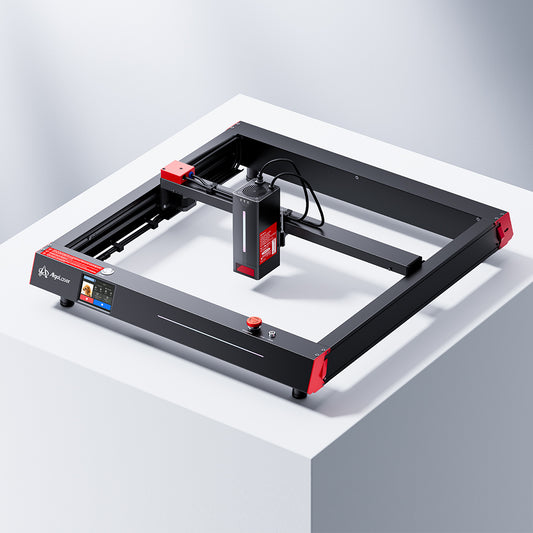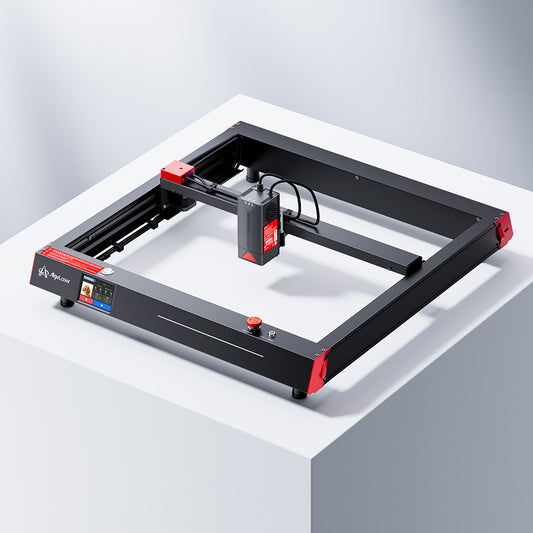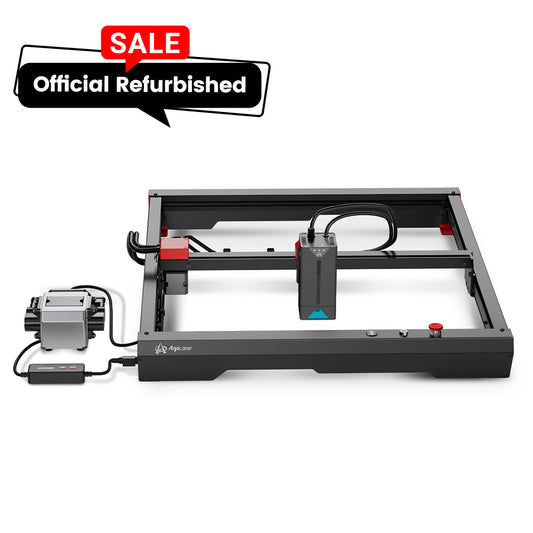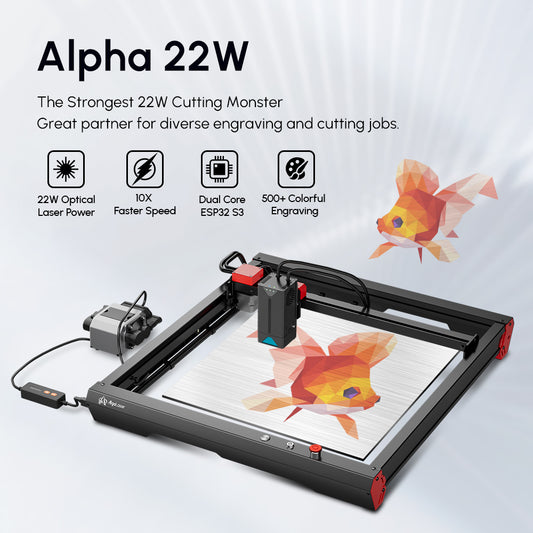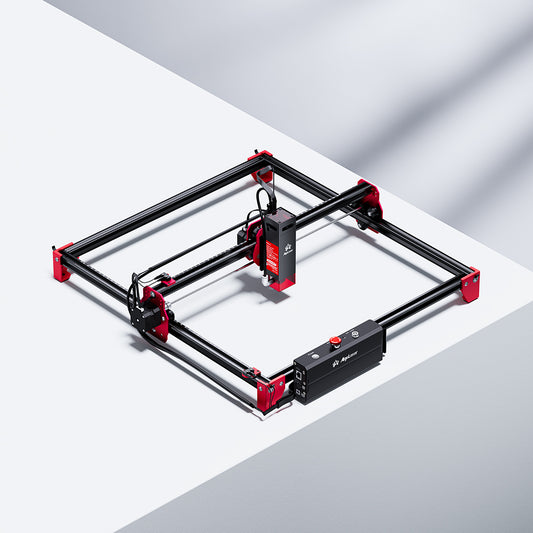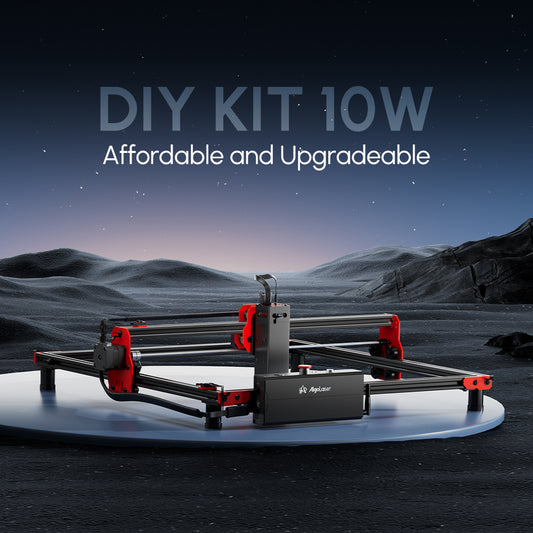The Secret World of Ring Engravers: Unlocking Metal Mastery with the 1064 Module
There's something magical about engraving a metal ring — that tiny circular band that can hold an entire story. A name, a date, a quote, or even a heartbeat waveform. As a laser engraving geek, I've spent countless nights experimenting with different materials, chasing precision down to the micron. But everything changed when I paired my AlgoLaser Alpha MK2 with the 1064nm infrared laser module. Suddenly, metals that once resisted my diode laser were etching beautifully under a clean, sharp beam.
In this story, I'll share not just the science of what metals the 1064 module can engrave, but also the human side — the joy of turning a blank ring into a keepsake that lasts forever.
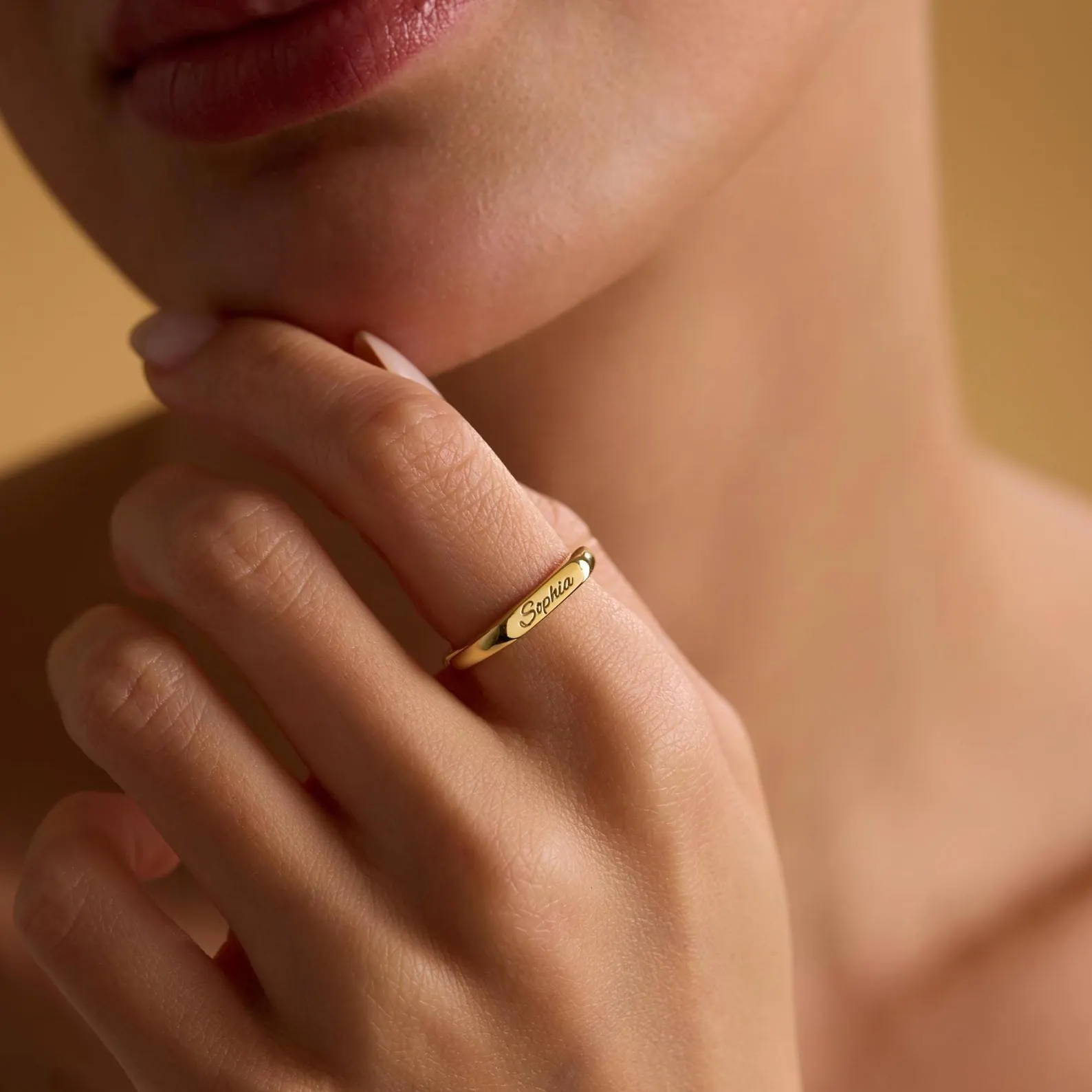
The Day I Discovered True Metal Engraving
Like many hobbyists, I started with a diode laser engraver— brilliant on wood, leather, and acrylic, but limited on metal. Sure, you could mark anodized aluminum or paint-coated stainless steel
Then came the 1064nm module — the infrared wavelength designed specifically for metals. I still remember unboxing it and mounting it on my Alpha MK2. It was sleek, compact, and full of potential. The first test piece was a simple stainless steel ring. I focused the beam, set my power to 70%, adjusted the speed to 500 mm/min, and hit "Start." Within seconds, a crisp, dark mark appeared. Not a surface burn — a true engraving that you could feel with your fingertip.
That's when I realized: I wasn't just marking metal anymore. I was sculpting it.

Understanding the 1064nm Wavelength — Why It Matters
If you're into laser engravers, you've probably heard that not all wavelengths interact with materials the same way. The blue diode lasers (around 450nm) are great for organic materials, but metals reflect much of that light. The 1064nm infrared laser, on the other hand, is perfectly absorbed by most metals.
That's the science behind the art.
The 1064 module operates with a shorter wavelength that penetrates metallic surfaces more effectively, converting laser energy into heat right where it's needed. This produces clean, high-contrast marks without needing coatings, sprays, or prep work. You can engrave directly on bare metal surfaces — perfect for jewelry, tools, or industrial components.
When paired with the AlgoLaser Alpha MK2, which provides exceptional motion precision and stable power output, you get smooth, consistent lines — exactly what you need for intricate ring designs.
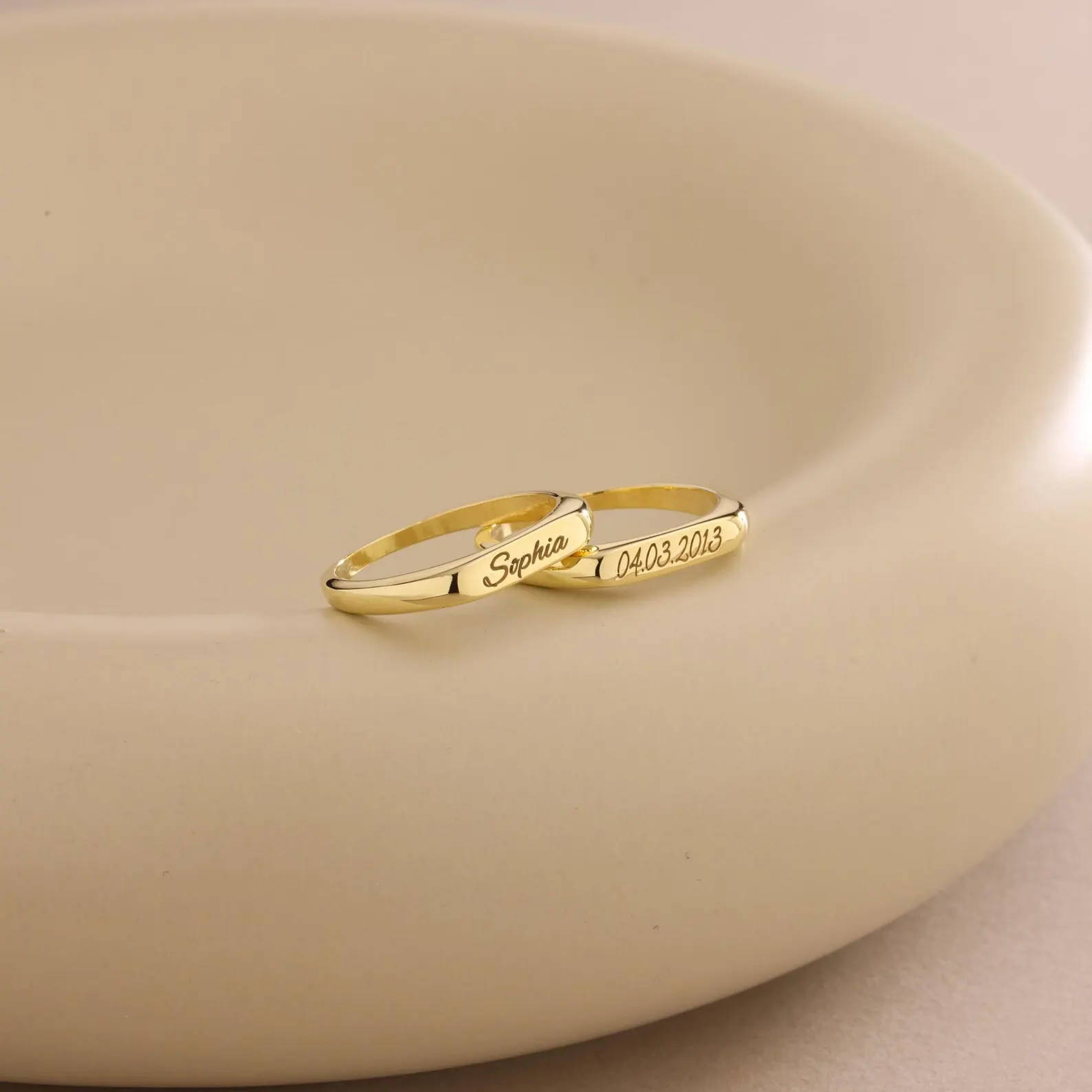
What Metals Can the 1064 Module Engrave?
Here's where things get exciting. The 1064nm infrared laser module isn't just a "metal engraver." It's a gateway to a whole range of materials you couldn't touch before. Over time, I've tested several types of metals, and here's what I've found works beautifully:
1. Stainless Steel
The go-to for rings, watches, and tags. The 1064 module engraves it deeply and precisely, producing dark, permanent markings. Perfect for initials, dates, or custom textures on a stainless wedding band.
2. Gold and Silver
Soft metals like gold and silver are incredibly responsive to the 1064 beam. You can engrave fine lettering, filigree, or even micro patterns without deforming the surface. For jewelers, this is a game changer — high-end results without expensive fiber systems.
3. Titanium
Titanium rings are wildly popular now for their strength and futuristic color. The 1064 module handles titanium with grace, leaving clean, high-contrast markings. You can even create anodization effects through controlled heating.
4. Aluminum and Anodized Aluminum
Aluminum engraves fast and sharp. The 1064 module cuts through the anodized layer easily, revealing bright silver lines beneath. Great for personalizing anodized rings or watch backplates.
5. Copper and Brass
Copper can be tricky because it reflects a lot of energy, but with the right focus and power settings, you'll get clean engravings. Brass, being softer, engraves even more easily — think vintage-looking monograms or logo marks.
6. Tungsten Carbide
Tough as nails, but not invincible. The 1064 module can mark tungsten rings with high power and slower speeds. The result is a crisp, permanent mark that doesn’t fade with wear.
7. Platinum and Palladium
For luxury rings, the 1064 module delivers microscopic precision without damaging the polish. It's the kind of detail that impresses professional jewelers.
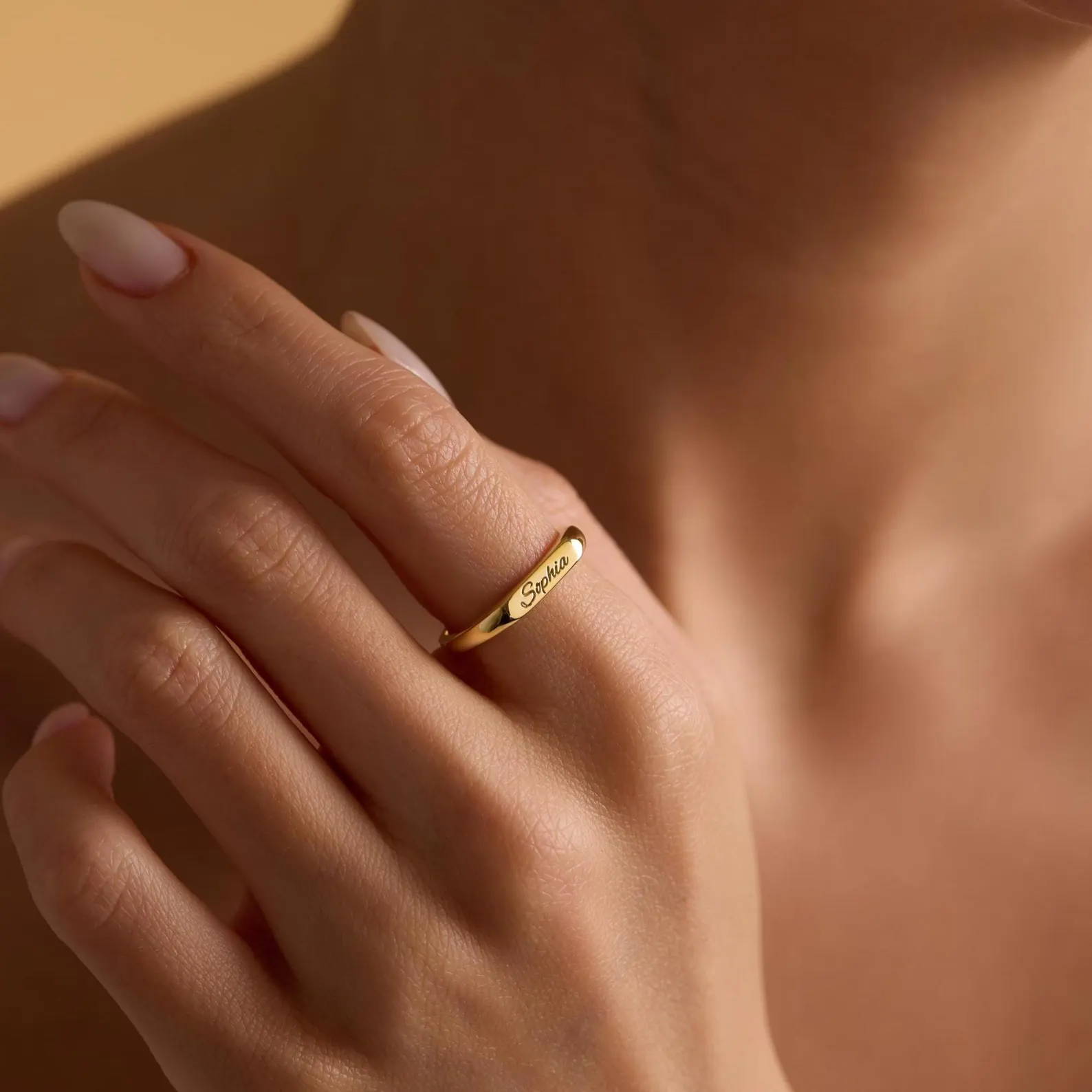
The Art of Engraving Rings: A Hands-On Experience
The workflow for engraving metal rings with the AlgoLaser Alpha MK2 and 1064 module is surprisingly smooth. Here's how I approach it:
1. Design Creation
I usually start in LightBurn or AlgoOS, designing the text or pattern to fit the ring's inner or outer surface. A curved text tool helps align everything perfectly along the band.
2. Material Preparation
Secure the ring in a rotary attachment or a custom jig. The Alpha MK2 supports rotary tools, making it possible to engrave all around the ring's circumference with perfect alignment.
3. Focusing the Laser
The focus is critical. The 1064 module has a fine focal point — I use a focusing column or spacer tool to ensure the beam lands precisely on the curved surface.
4. Parameter Settings
Each metal responds differently. For example:
· Stainless steel: 70% power, 500 mm/min, 1 pass
· Gold/Silver: 50% power, 800 mm/min, 1–2 passes
· Titanium: 60% power, 600 mm/min, 1 pass
Experimentation is part of the fun. I keep a notebook of settings for each type of ring material.
5. Engraving and Finishing
Once everything's aligned, I let the laser do its magic. Watching that beam etch names or patterns onto metal never gets old. Afterward, I clean the ring with a soft brush and alcohol to remove residue, and sometimes polish it to a mirror shine.
The Human Side: Why We Engrave Rings
There's a poetic element to engraving rings. A ring already symbolizes eternity — endless connection. But adding words or symbols transforms it into something uniquely personal.
One of my clients asked me to engrave the coordinates of where he met his wife on a titanium band. Another wanted his wedding date in binary code. A guitarist ordered silver rings with his band's logo etched on the inside — invisible to everyone but him.
The beauty of a laser engraver like the Alpha MK2 is that it allows anyone, from jewelers to hobbyists, to create those moments of permanence. You don't need an industrial setup or years of apprenticeship — just the right machine and a little curiosity.
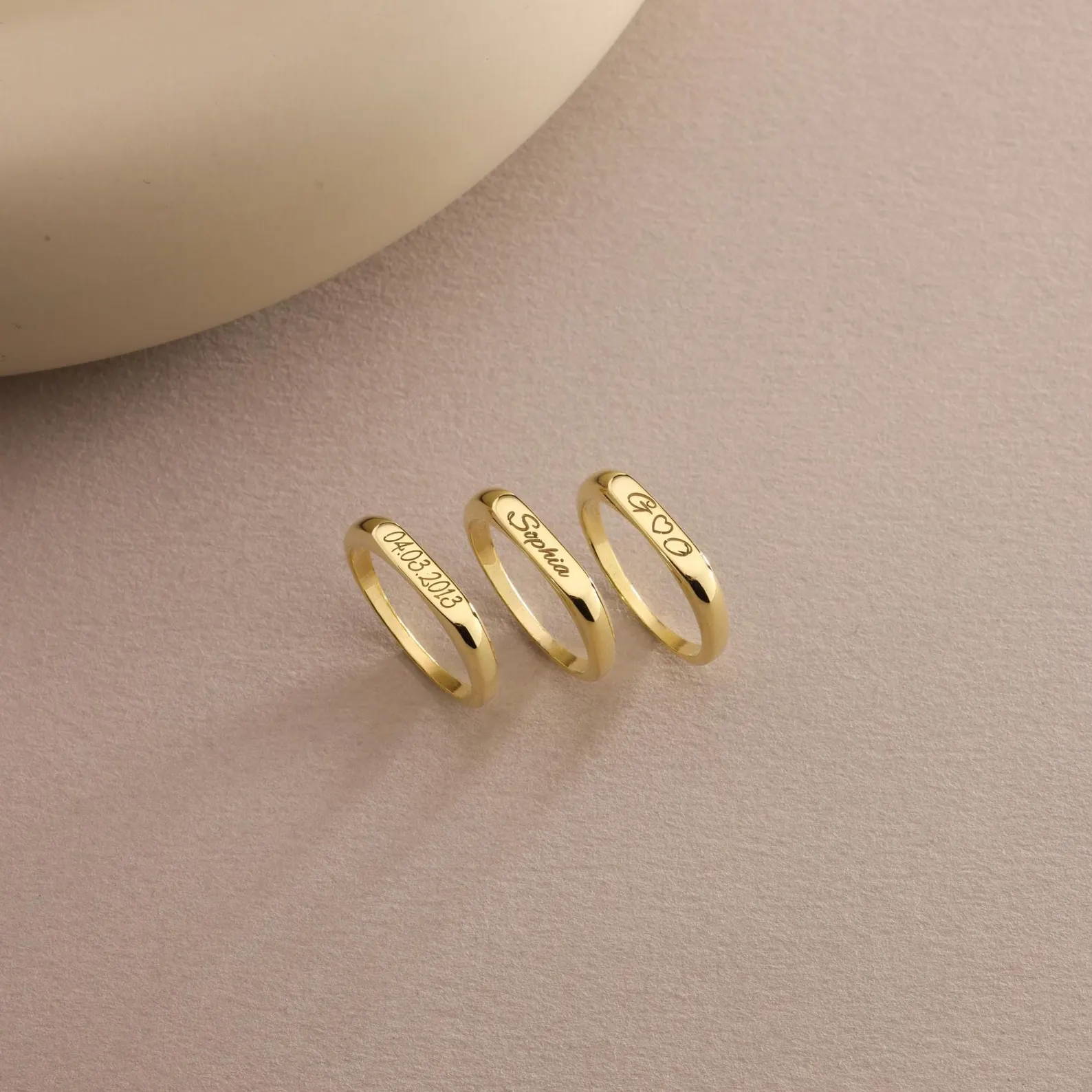
Why the AlgoLaser Alpha MK2 and 1064 Module Stand Out
There are plenty of laser machines that claim to engrave metal, but few deliver the quality and flexibility of this combo. The Alpha MK2 offers:
· Stable dual-core CPU for smooth motion
· 32GB internal memory for large project storage
· 3.5-inch IPS touchscreen with intuitive controls
· Smart connectivity through AlgoOS, LightBurn, or mobile apps
· Power-off resume and auto focus features that make production stress-free
And when you attach the 1064 infrared module, you're essentially transforming it into a compact metal laser engraver rivaling fiber systems that cost thousands more.
It's a perfect balance of affordability, precision, and creative potential — ideal for small workshops, jewelry creators, or anyone who loves making something personal.
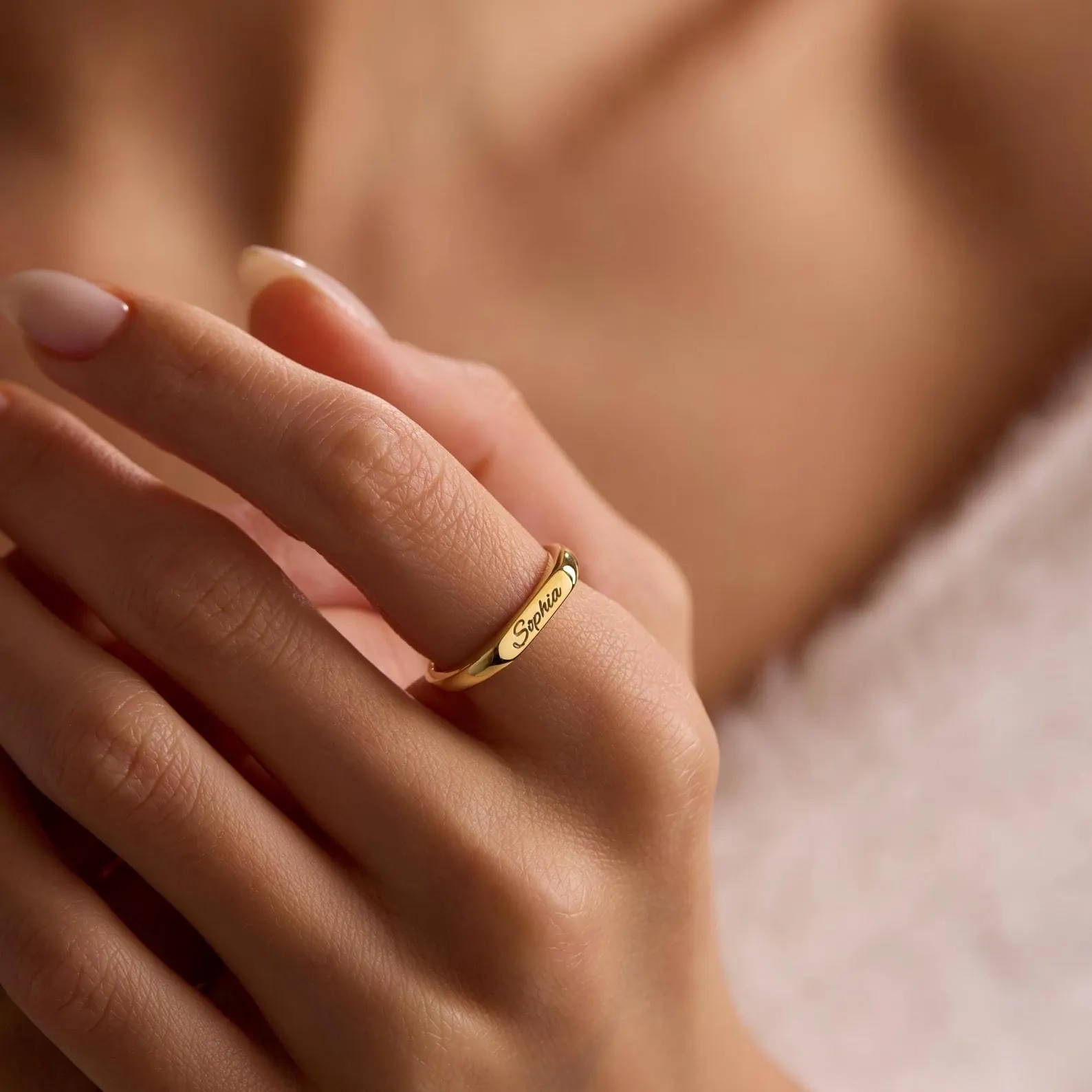
The Future of Personal Metal Engraving
As laser engraving technology evolves, we're moving from hobby projects to full-fledged artistry. Metal engraving used to be reserved for factories or luxury jewelers, but now anyone with an AlgoLaser Alpha MK2can create he
Imagine crafting a titanium ring with a loved one's fingerprint engraved inside, or producing your own jewelry brand where every piece carries a story. That's the direction the community is heading — a fusion of creativity and technology.
The 1064 module has opened the door to that world. It's not just a laser — it's a storyteller.
Final Thoughts
When you see a ring glinting under the light, it's easy to admire its shine. But when you look closer and see a tiny engraving — initials, a symbol, a secret message — that's when the magic happens.
With the AlgoLaser Alpha MK2 and its 1064nm module, engraving metal rings isn't just possible; it's deeply personal. Whether you're etching gold for a proposal or steel for a keepsake, this setup makes every project a story told in metal.
So if you've ever dreamed of becoming a true ring engraver, this is your moment. Fire up your laser engraver, focus the beam, and start carving your mark into something that lasts forever.
Because in the end, engraving isn't just about precision — it's about permanence.
